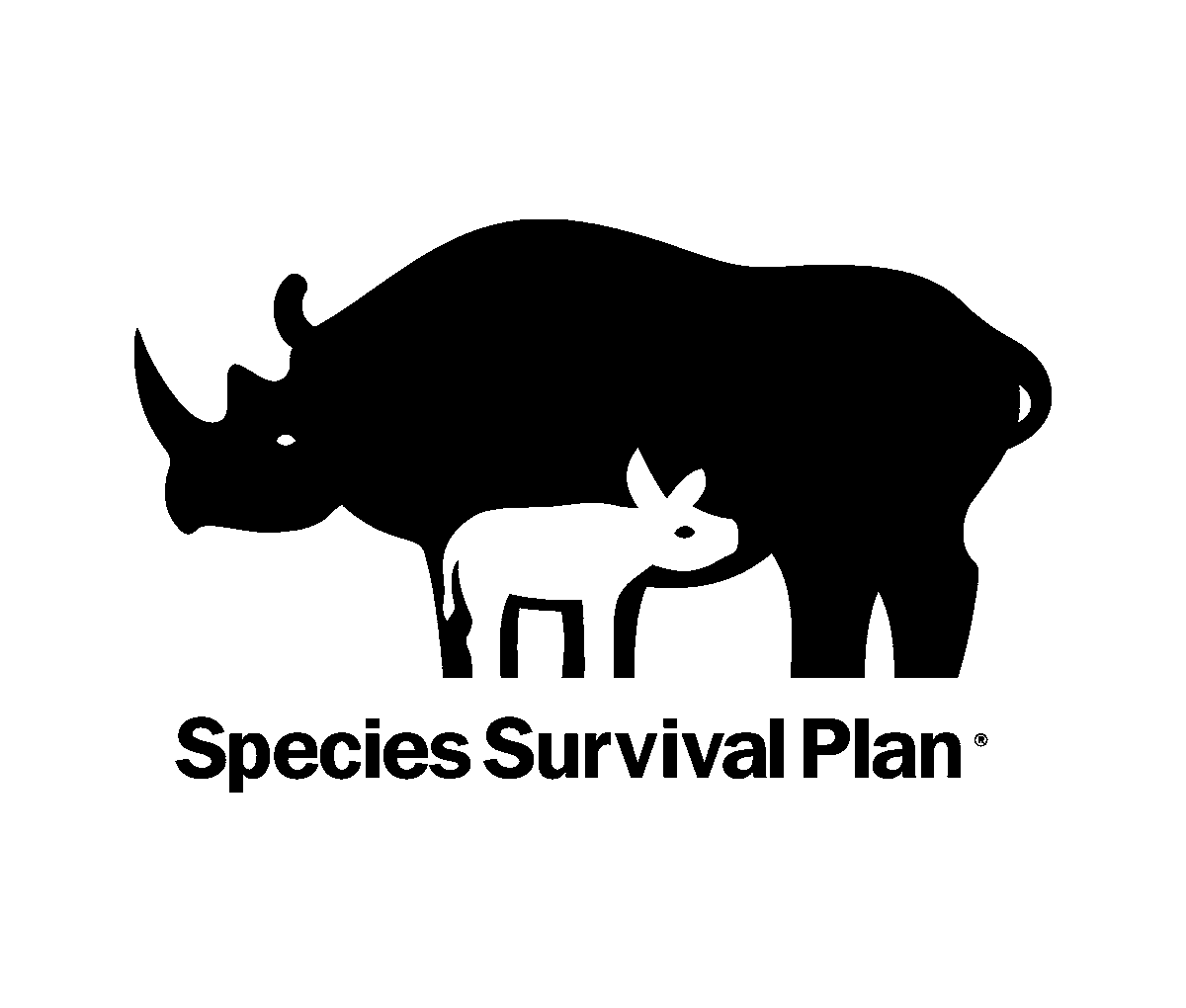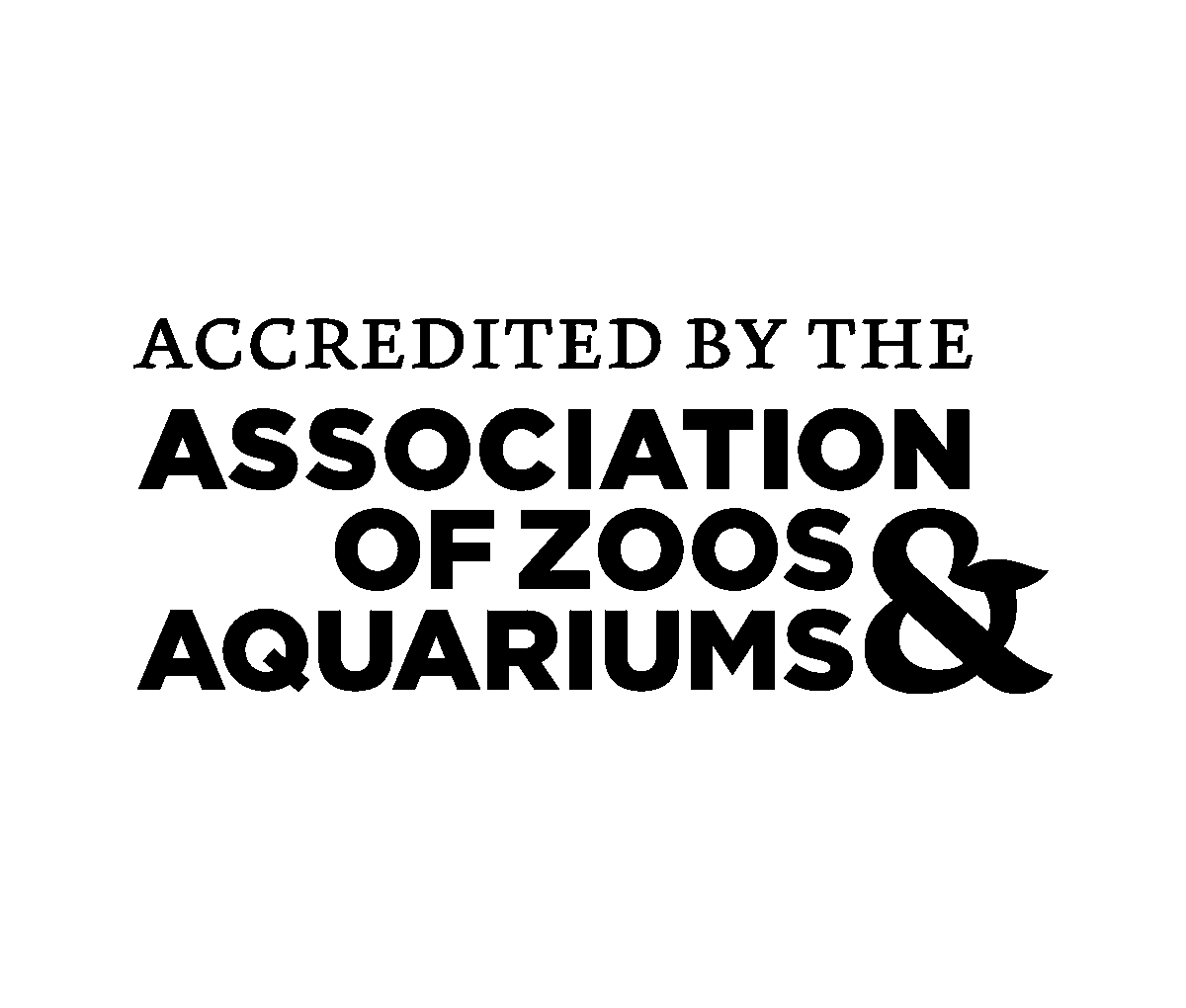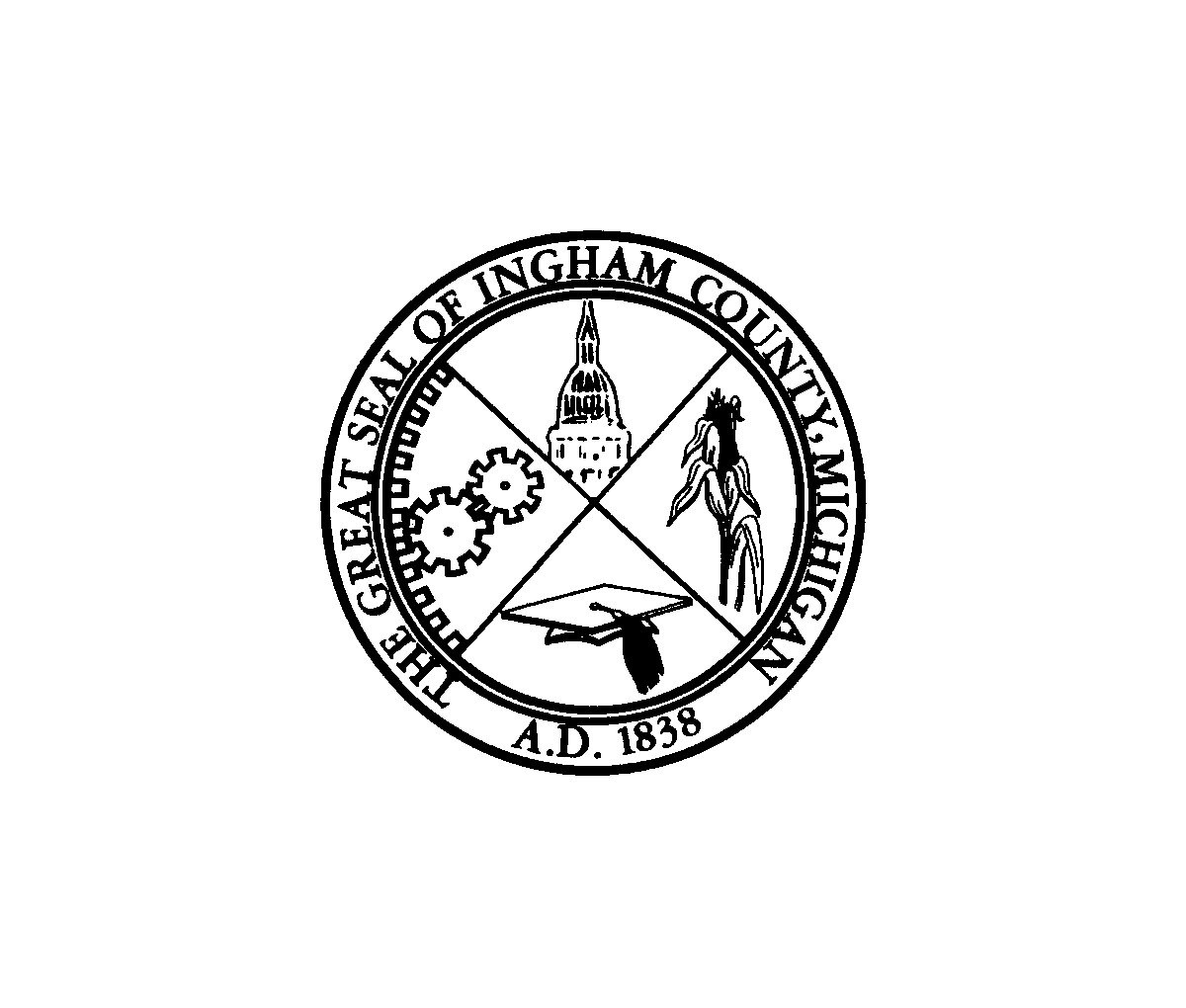By Education Curator Dennis Laidler
This time of year we are often asked how many baby animals the zoo is expecting. Everyone loves to see baby animals at the zoo, including us.
 Surprisingly, Potter Park Zoo staff works harder to ensure our animals do not have unplanned births than we do encouraging animals to breed. Every baby animal born requires a suitable habitat, which must be established long before the birth or any breeding.
Surprisingly, Potter Park Zoo staff works harder to ensure our animals do not have unplanned births than we do encouraging animals to breed. Every baby animal born requires a suitable habitat, which must be established long before the birth or any breeding.
Zoos have a growing responsibility for the breeding of endangered species. Potter Park Zoo participates in a number of Species Survival Programs (SSPs), the management and conservation programs for animals in danger of extinction in the wild, sponsored by the Association of Zoos and Aquariums. Several baby animals have been born at the zoo through SSPs, including bongos, Amur tigers, mandrills, Northern tree shrews and Puerto Rican crested toads. Thousands of tadpoles hatched at the zoo and were introduced into ponds in Puerto Rico to grow the population.
Another breeding opportunity is when populations of animals are low among zoos. Recent births to boost population numbers at the zoo include Northern American river otters, Magellanic penguins, Lesser hedgehog tenrecs and Eastern bongos.
Breeding at accredited zoos is hardly romantic. It’s a very scientific process; animals are paired based on genetic history. Using AZA records, optimal breeding recommendations are made with the goal of maintaining healthy, hardy animal populations among zoos. Zoos often work together to move the animals to and from facilities so the “lucky pair” can be together.
Once together, there’s no guarantee of babies. Providing the right environment, proper timing, and optimal compatibility helps, but nature still rules. So, in answering the question of how many babies will be born at the zoo, despite all of our efforts it’s still a tough call.



